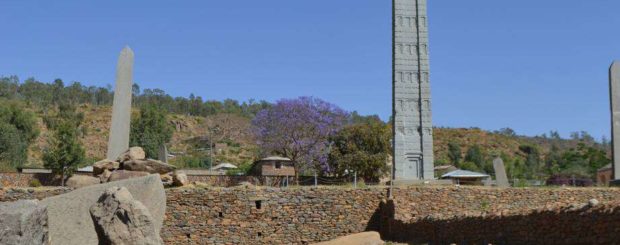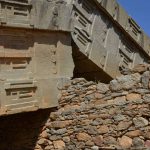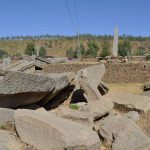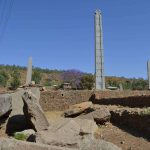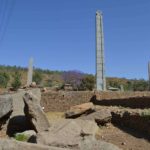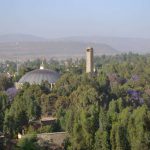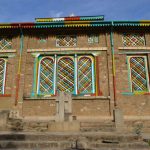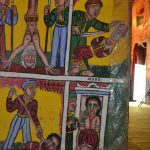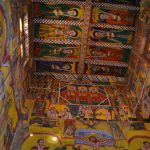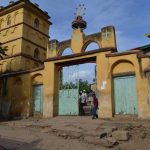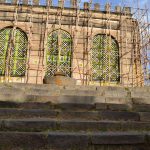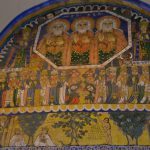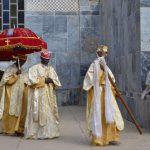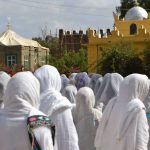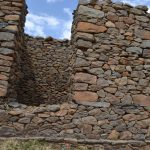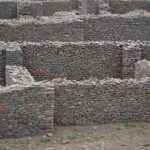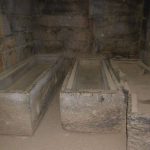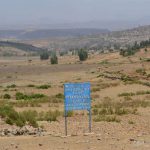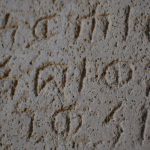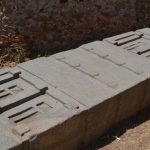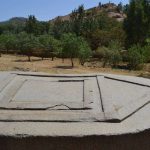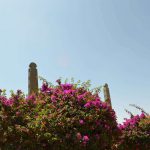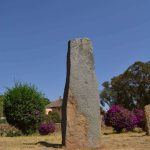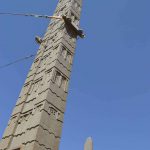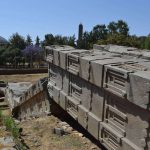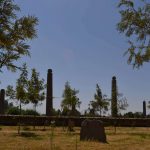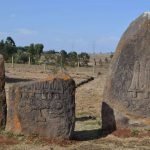“As far back as Abyssinian annals go, far away into a hazy legendary period when Christianity was planting itself on the ruins of a Sabaean paganism, Aksum was looked upon as the sacred city of the Ethiopians.”
J Theodore Bent
Axum contains some of the most mysterious monuments in the world, and is reputed to have been the ancient capital of Sheba around the 10th Century BC. There is evidence of a once great civilisation here. By the 1st Century AD, Axum was known by the traders of Greece as a great and fine city, and the political and religious centre of the Axumite Empire, which dominated the trade routes between Asia and Africa for nearly a thousand years. Axum is the location of the Church of St Mary of Zion, where the Ark of the Covenant is said to have been placed by Menelik, son of King Solomon, 3000 years ago; a connection with the legendary Queen of Sheba.
Despite the decline of the Axumite Empire in the 7th Century AD, following the rise of Islam and the closure of trade routes to Asia, Axum continued to be a centre of Ethiopian power. The rich history of Axum can be found all around, in its monuments, the giant, carved stellae, and the ruins of palaces and royal graves.
The Park of the Stellae
The huge granite stellae in the Park of the Stellae are the most famous feature of Axum. Originally seven in number, the largest of these stellae measured thirty-three metres (79 feet) and weighed about 500 tons, but it fell centuries ago and lies in pieces next to the remaining stellae. The second largest (24m, 79ft) fell earlier last century, and was taken to Rome in 1937. The third largest (23m, 75ft) still stands in Axum.
All the stellae share the same decoration, in the form of a house, many storeys up, with representations of doors and windows.
The Mystery of The Ark
The biggest mystery of Axum is the claim that it is the last resting place of the Ark of the Covenant. According to Ethiopian legend, Menelik brought the Ark here 3000 years ago and founded the Solomonic Dynasty, of which Haile Selassie was the last emperor. The chapel sanctuary of the ark is well guarded, and visitors can approach but not enter. However, during the Festival of Timkat (Epiphany), a replica of the ark is carried in a procession to the nearby Queen of Sheba’s Baths, a huge water reservoir, carved into solid rock.
The Queen of Sheba also had a palace here, the remains of which can be seen just outside of town, and across the road from this stand more stelae, though smaller than the ones in the Park of the Stellae. These are mostly undecorated, but one, decorated with four horizontal bands topped by rows of circles, is said to mark the Queen of Sheba’s grave.
Map
Gallery
Social Share
Contact information
Yumo Tours
P.O. Box 5698
Addis Ababa, Ethiopia
++251 11 5518878
++251 11 5513783
++251 11 5513451
info@yumo.net

